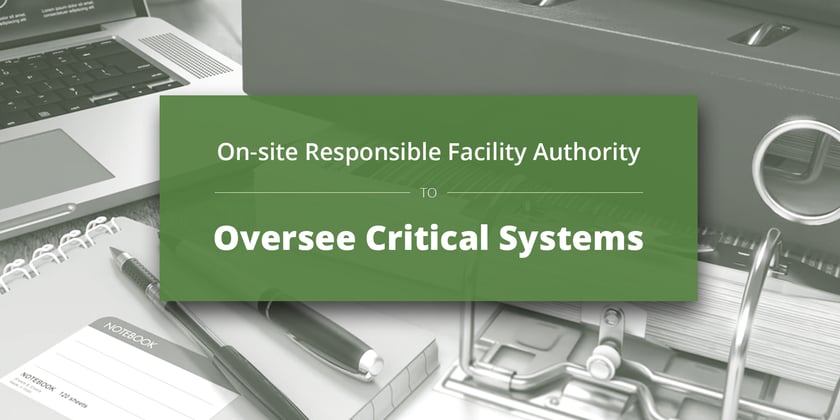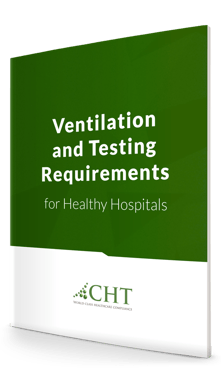
Is your healthcare facility ready to designate an individual or individuals as the main RFA (Responsible Facility Authority)?
The Responsible Facility Authority is responsible for implementation of the piped medical gas and vacuum system requirements in NFPA 99.
While the term Responsible Facility Authority has been in the code since 2012 and before, the individual’s responsibilities and qualifications were not clearly defined. Rather, the role required the acting person(s) to receive all the documentation from verifiers and inspectors testing the medical gas system. Their job was to accept the validity of the reports and keep them on file.
In 2021 and on, clearer responsibilities are being added. The latest requirements will expect more from the RFA with full accountability for ensuring the medical gas systems are safe for patient use.
At CHT, we support facility managers to reach their compliance goals. We want you to meet your regulatory requirements, correct any deficiencies easily, and reduce downtime. This article covers defining the RFA position today and moving forward.

Defining the Responsible Facility Authority Position Today
With the newer edition, the RFA role will encompass a more prominent look into the operational management of the medical gas and vacuum systems.
The RFA will:
- Be solely responsible for keeping all the documentation
- Issuing permit-to-work on a medical gas system
- Fulfill the obligations in 5.1.14.1.2.2 that states...
“The responsibility of the RFA is to be able to advise on the code issues regarding risk assessments related to categories of care and all content in the NFPA 99 sections 5.1 through 5.3 regarding medical gas systems code for category 1,2, and 3 facilities.”
With the 2021 edition of NFPA 99, the changes and importance of the role of the responsible facility authority are invaluable. With its increasing demand in nature, the position requires a high level of competency.
This can be achieved through meeting the requirements of an ASSE 6010 Medical Gas Systems Installer, 6020 Medical Gas Systems Inspector, 6030 Medical Gas Systems Verifier, or 6040 Medical Gas Systems Maintenance Personnel. Instead of attaining one of these credentials, the individual can also qualify by completing an educational program equivalent or superior to the ASSE credentials.
What Do We Mean by the RFA's Operational Management?
The operational management of the systems will include, but not limited to:
1. Conducting risk assessments
Risk assessments are managed to determine potential impacts on patient care and safety.
Risk-based assessment assigns a value to each asset by its use and potential harm to the patients or staff. For example, an oxygen outlet in an emergency room would have the highest urgency while the outlet in a holding area would have the lowest priority.
The RFA will advise on the facility's assessment to determine risk categories of various spaces.
2. Defining compliance requirements
A designated RFA will be responsible for implementing code requirements for its facility. The role will require interpreting codes, standards, and compliance requirements.
3. Maintaining medical gas management programs and policies
Medical gas systems are a standard feature of healthcare facilities, and they require special monitoring and maintenance to ensure they are operating properly.
A knowledgeable RFA with the assistance of other departments, especially in more extensive facilities, will oversee this task. The management of some documentation may also be handled at the administrative level.
4. Instilling emergency management programs
Healthcare organizations must develop an emergency management program.
Organizations should monitor and update their emergency operations plans ongoing. All healthcare executives along with the RFA will have a hand in planning and implementing the programs.
5. Developing and enforcing a permit-to-work system
Including a documented Permit-to-Work system in the code is a step forward in providing a safe and efficient method of performing routine maintenance, repairs, and medical gas system installations by ensuring proper communication and protocols are being adhered to by the facility staff.
In Summary
Healthcare facilities should have at least one individual with the ultimate responsibility for the medical gas systems in their facilities.
Clear expectations and assigned roles should be well-documented for a safe environment. Reliable medical gas and vacuum systems are critical and provide life-supporting gases for patients.
The newer, revised role for the RFA is refined to ensure the medical systems are safe and reliable.




